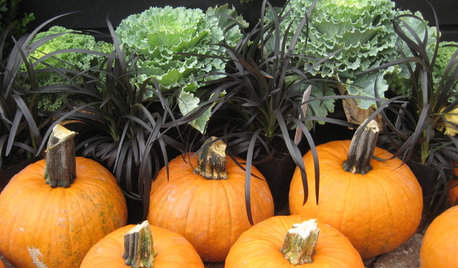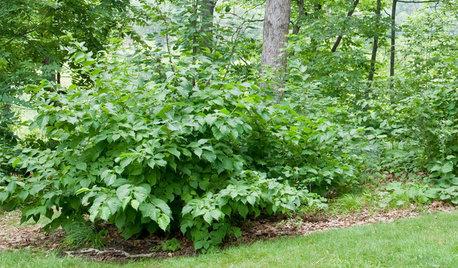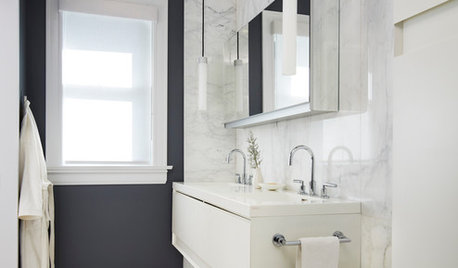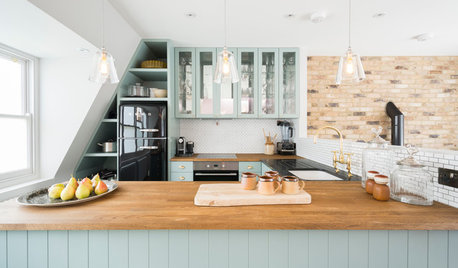Pepper Plants and black Plastic
John near Toledo
10 years ago
Related Stories

GARDENING AND LANDSCAPINGChoosing a Deck: Plastic or Wood?
Get the pros and cons of wood, plastic, composite and more decking materials, plus a basic price comparison
Full Story
CONTAINER GARDENS10 Boo-tiful Black Plants for Halloween
Dramatic and just a bit eerie, these inky plants set the right Halloween mood in a garden or on a patio
Full Story
FARM YOUR YARDHow to Build a Raised Bed for Your Veggies and Plants
Whether you’re farming your parking strip or beautifying your backyard, a planting box you make yourself can come in mighty handy
Full Story
HOUSEPLANTS8 Essentials for Healthy Indoor Plants
Houseplants add so much to our homes — and can thrive when grown in the right conditions. Keep these tips in mind
Full Story
HOUZZ TVHouzz TV: How to Make and Plant a Veggie Box
See how to start edibles from seed, then transfer the seedlings to a box on stilts to make harvesting more fun
Full Story
HOUSEPLANTS10 Top Plants to Grow Indoors
Brighten a room and clean the air with a houseplant that cascades artfully, stretches toward the ceiling or looks great on a wall
Full Story
GARDENING GUIDESGreat Design Plant: Corylus Americana Awakens the Woodland Garden
Plant American hazelnut for three seasons of interest and to feed our furry and feathered friends
Full Story
COLORBathed in Color: When to Use Black in the Bath
Dare to bring black in for a dramatic and elegant bath that's different from all the rest
Full Story
FLOORSDrama’s Afoot With Striking Black Floors
Be bold. Be brave. Drench your floors in black for a memorable interior scene
Full Story
COLOR PALETTESCombine Black and Pastels for a Fresh New Look
Take the sweetness out of sugary shades by adding striking black accents. Here's how to do it and why it works
Full StoryMore Discussions






digdirt2
John near ToledoOriginal Author
Related Professionals
New Bedford Landscape Architects & Landscape Designers · Norton Shores Landscape Architects & Landscape Designers · Quincy Landscape Architects & Landscape Designers · Rancho Palos Verdes Landscape Architects & Landscape Designers · South Orange Landscape Architects & Landscape Designers · Jackson Landscape Contractors · Stamford Landscape Contractors · Surprise Landscape Contractors · Brunswick Landscape Contractors · Cedar Hill Landscape Contractors · Hampton Bays Landscape Contractors · Lake Worth Landscape Contractors · Merced Landscape Contractors · Middletown Landscape Contractors · Casselberry Landscape Contractorsdigdirt2
mandolls
barrie2m_(6a, central PA)
seysonn
jonfrum
barrie2m_(6a, central PA)
little_minnie
vanisle_bc
John near ToledoOriginal Author
mdfarmer
John near ToledoOriginal Author
thirsty_dirt_77